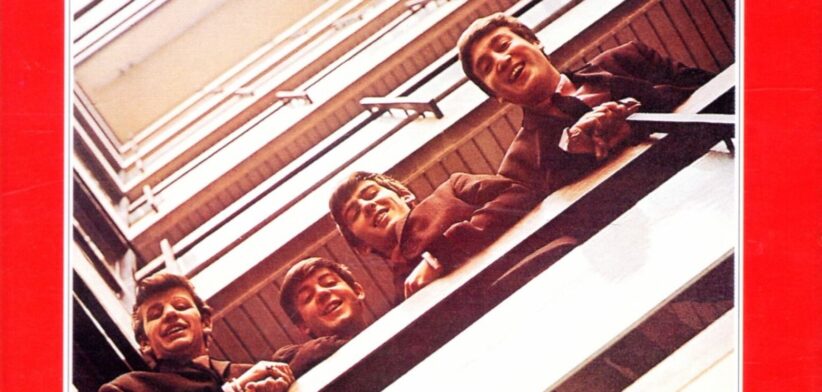The drug-fuelled lifestyle of a rock star helped John Lennon delay wearing glasses, according to a Brisbane researcher.
QUT Optometry Professor Stephen Vincent has analysed the famous Beatle’s hit-and-miss use of contact lenses in the 1960s and found Lennon was probably right when he speculated that his cannabis use helped them stay in.
Professor Vincent said during The Beatles’ first few years in the public eye, Lennon experimented with contact lenses to hide his myopia, before resorting to his well-known round glasses in the lates 60s.
He said in the early 60s the only contact lenses available at that time were rigid ones made of polymethylmethacrylate.
“But Lennon had astigmatism – an imperfection in the curvature of the cornea – which meant early-era contact lenses often fell out unless modified to fit the shape of the eye.
“However, John also noticed his contact lenses stayed in place better when he was ‘stoned’, which was most likely a result of cannabis-induced upper eyelid ptosis (droopy eyelids), which would reduce the likelihood of lens ejection,” Professor Vincent said.
Professor Vincent shares his views in an article he co-authored with his wife Roz, a Brisbane optometrist.
You’ve got to hide your myopia away: John Lennon’s contact lenses, was published in the journal Ophthalmic and Physiological Optics based on their research which analysed a number of historical sources.
Professor Vincent said that included early photos and video footage, a 1971 spectacles prescription belonging to Lennon, and anecdotes from Lennon, his first wife Cynthia, his fellow Beatle Paul McCartney and his childhood friend and first manager Nigel Walley.
“I was brought up on The Beatles’ 1962-1966 album (the Red Album), so my enduring mental image from childhood is John Lennon without glasses,” Professor Vincent said.
“When I watched Peter Jackson’s Get Back documentary in 2022, the recap of The Beatles’ history very clearly shows John without glasses from 1956 to 1966, then suddenly in glasses constantly from 1967.
“I thought he must have been walking around not seeing very much pre-1967, or he was wearing contact lenses.
“So, Roz and I started down this rabbit hole of research, and it turns out it was both.”
Professor Vincent said the contact lens problems that plagued Lennon in the 1960s were unlikely to arise 60 years later due to improvements in lens designs and technology to measure the topography of the eye.
“Soft contact lenses were invented in the early 1970s – after John had switched to spectacles – and are now worn successfully by millions of people around the world,” he said.
Professor Vincent said it was estimated that around five per cent of the Australian population aged 15 to 64 now wore contact lenses because of a variety of eye conditions, including myopia.
An estimated 1.4 million Australians have astigmatism and around 6.3 million have myopia.








